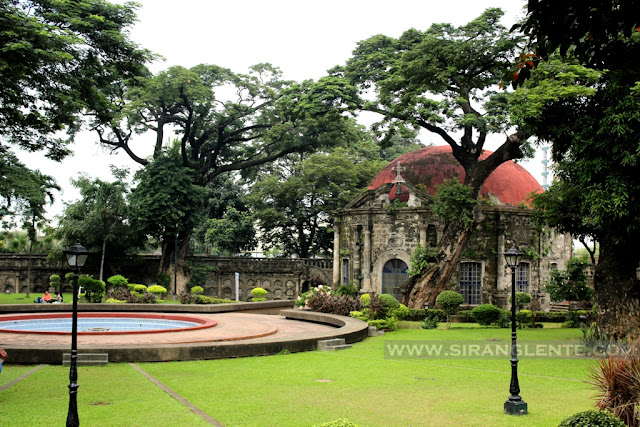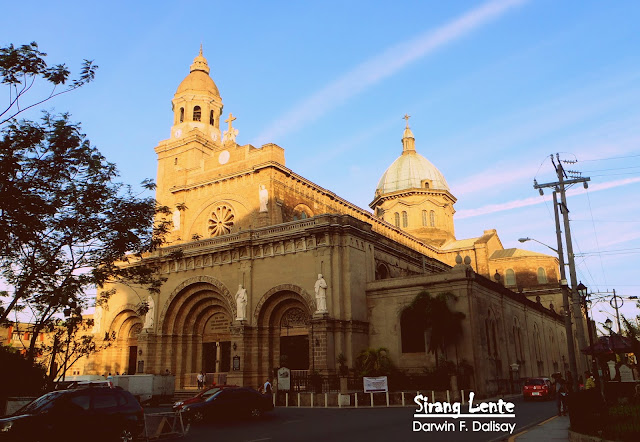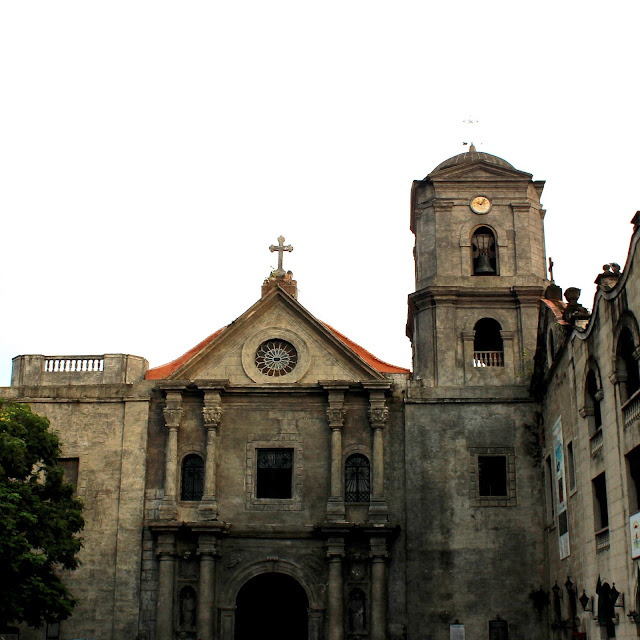
Jaro Cathedral is another example of the historical baroque architecture in the country. Built in 1864 by the order of Mariano Cuartero, who is the first bishop of Jaro. In 1948, this structure was destroyed by an earthquake and was restored in 1956 by the order of the first archbishop Jose Ma. Cuenco. The famous orator, Graciano Lopez Jaena was baptized in this church. In 1976, this church was proclaimed as Historical Landmark by the National Historical Institute.









